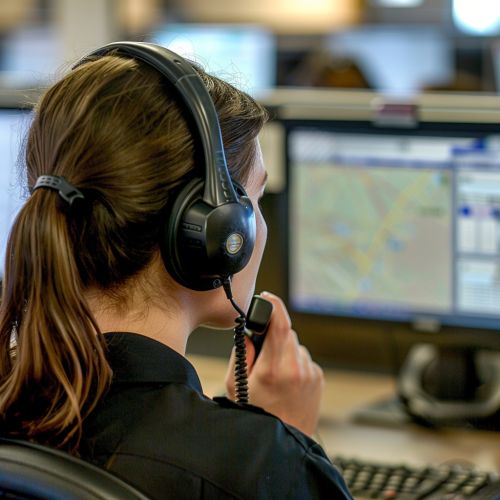Understanding Non-Emergency Calls to 911
Understanding Non-Emergency Calls to 911
Non-emergency calls to 911 are an essential aspect of public safety communication systems. These calls, while not life-threatening, still require attention and appropriate response from emergency services. This article delves into the intricacies of non-emergency calls, their impact on emergency services, and the protocols for handling such calls.


Definition and Scope
Non-emergency calls to 911 are those that do not involve immediate danger to life, property, or the environment. These calls can include reports of minor accidents, noise complaints, and requests for information. Unlike emergency calls, which demand urgent response, non-emergency calls are typically handled with a lower priority.
Types of Non-Emergency Calls
Non-emergency calls can be broadly categorized into several types:
- **Public Nuisance Complaints**: These include noise complaints, loitering, and public disturbances.
- **Minor Accidents**: Incidents such as fender benders or minor property damage where there are no injuries.
- **Information Requests**: Inquiries about local services, road conditions, or public events.
- **Suspicious Activity**: Reports of unusual behavior that does not pose an immediate threat.
Impact on Emergency Services
Non-emergency calls can significantly impact the efficiency of emergency services. When 911 operators are inundated with non-urgent calls, it can delay the response to actual emergencies. This section explores the various ways non-emergency calls affect emergency services:
- **Resource Allocation**: Emergency resources such as police, fire, and medical services may be diverted to handle non-urgent matters, reducing availability for critical incidents.
- **Operator Workload**: Increased volume of non-emergency calls can lead to operator fatigue and decreased efficiency in handling true emergencies.
- **Response Time**: The prioritization of non-emergency calls can delay response times for genuine emergencies, potentially endangering lives.
Protocols for Handling Non-Emergency Calls
Emergency call centers have established protocols to manage non-emergency calls effectively. These protocols ensure that resources are used efficiently and that emergency services are not overwhelmed. Key protocols include:
- **Call Triage**: Operators assess the urgency of each call and categorize it accordingly. Non-emergency calls are typically assigned a lower priority.
- **Referral Systems**: Non-emergency calls may be referred to appropriate local agencies or services that can handle the issue without involving emergency responders.
- **Public Education**: Educating the public about the appropriate use of 911 and alternative non-emergency numbers can help reduce the volume of non-urgent calls.
Alternatives to 911 for Non-Emergencies
Many jurisdictions provide alternative numbers or services for non-emergency situations. These alternatives help to alleviate the burden on 911 systems and ensure that emergency resources are available when needed. Common alternatives include:
- **Non-Emergency Police Numbers**: Dedicated phone lines for reporting non-urgent police matters.
- **311 Services**: Many cities offer 311 services for non-emergency municipal issues, such as public works or community services.
- **Online Reporting**: Some jurisdictions provide online platforms for reporting non-emergency incidents, allowing for more efficient processing and follow-up.
Challenges and Solutions
Handling non-emergency calls presents several challenges, including public awareness, resource allocation, and technological limitations. This section discusses these challenges and potential solutions:
- **Public Awareness**: Many people are unaware of the appropriate use of 911. Public education campaigns can help inform citizens about when to use 911 and alternative resources.
- **Resource Allocation**: Balancing the allocation of resources between emergency and non-emergency calls requires careful planning and management. Implementing efficient triage systems and referral protocols can help optimize resource use.
- **Technological Limitations**: Some call centers may lack the technology to efficiently handle and categorize non-emergency calls. Investing in advanced call management systems can improve efficiency and response times.
Future Directions
The future of non-emergency call handling lies in the integration of advanced technologies and improved public education. Emerging trends include:
- **Artificial Intelligence (AI)**: AI can assist in call triage by analyzing call content and categorizing it based on urgency.
- **Mobile Applications**: Apps that allow citizens to report non-emergency issues directly to the appropriate agencies can reduce the burden on 911 systems.
- **Enhanced Public Education**: Ongoing efforts to educate the public about the proper use of emergency and non-emergency services will continue to be crucial.
